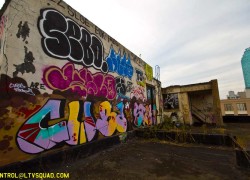
During the autumn of 2013, while many NYC art blogs were obsessing over Banksy and the lost of 5 points, NYC’s graffiti community created a gallery of their own just up the street from 5 pointz, within the old CN West / QP’s Marketplace buildings.
NYC Specific Industrial sites

During the autumn of 2013, while many NYC art blogs were obsessing over Banksy and the lost of 5 points, NYC’s graffiti community created a gallery of their own just up the street from 5 pointz, within the old CN West / QP’s Marketplace buildings.
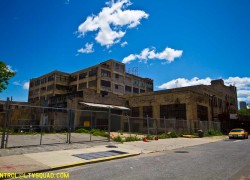
In the heart of Long Island City, an the CN West chemical factory with a long history has become yet another symbol for the drastic changes taking place in this part of NYC.
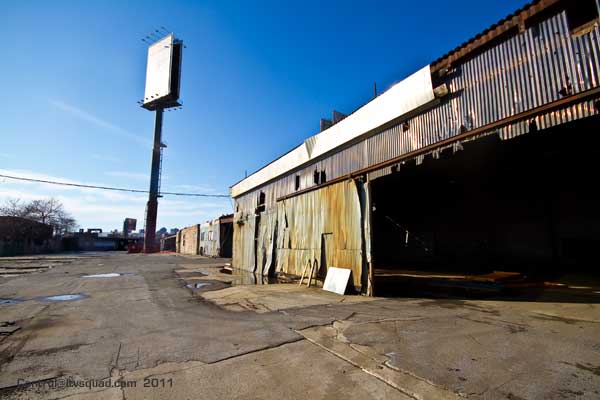
Long Island City has been in a constant state of change in recent years. This building was just another victim.
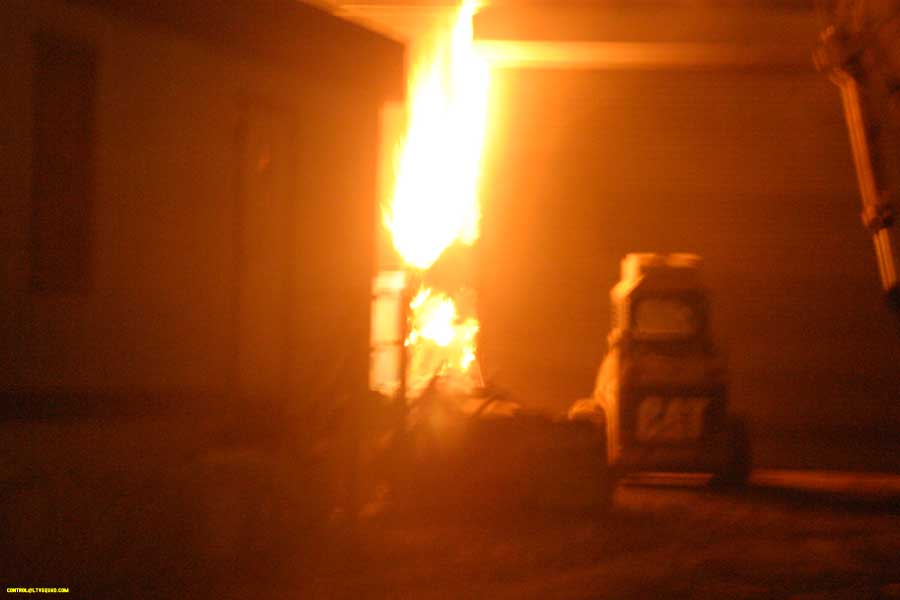
Ok, so the title is a little dramatic, but it’s not too far off from reality. Were it not for our nocturnal exploring activities, a major fire could have destroyed a fuel storage facility and other vital infrastructure. First responders could have been seriously injured or worse.

Montauk Steel was located on Borden Avenue in L.I.C., on land that was once part of the LIRR’s old Wheelspur yard. There is currently very little information about this company on the internet, so here’s what I can tell you.

On the north shore of Newtown creek lays a plot of land with a strangely unique history – a place that was once a rail yard, then a poultry market and later an office for small businesses and other food distributors. All of these are gone now, and soon this land will become a rail yard once again.

This three floor factory building dated back to the 1950s.
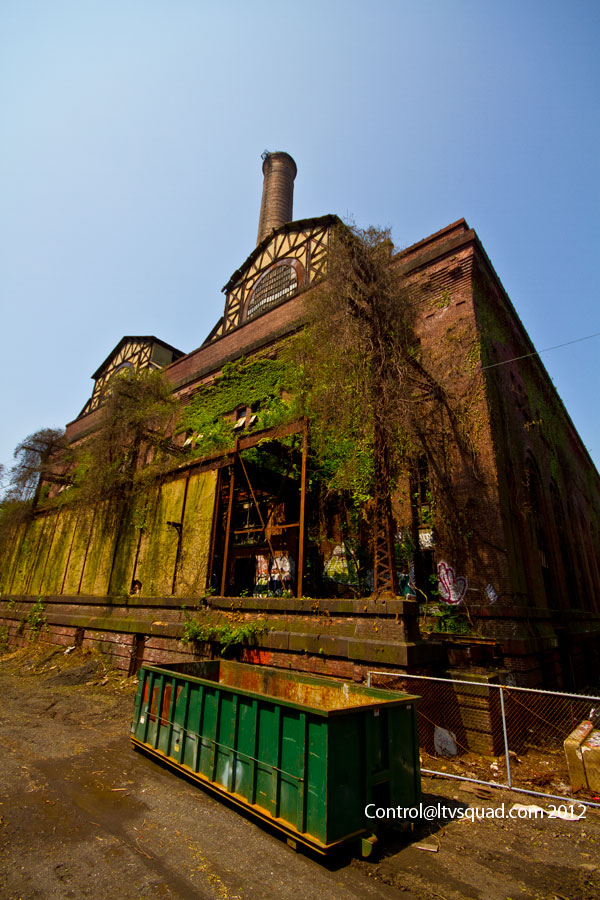
The Glenwood power plant has long been a favorite place for us to visit. Abandoned since the 1960s, these massive buildings have deteriorated significantly over the decades.
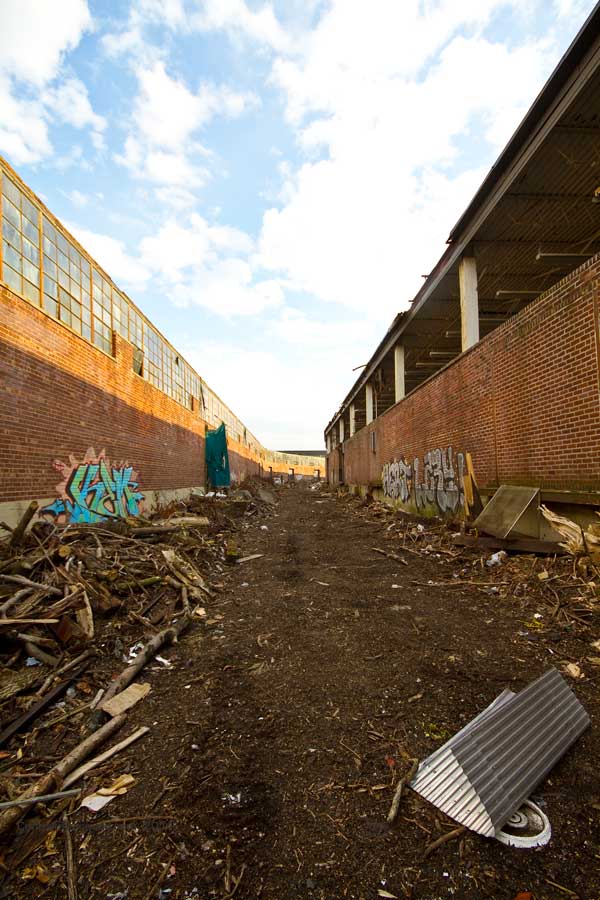
Huge warehouses, conspicuous amounts of non-activity, and that intrigue strikes once again. What the hell is inside that place?

Exploring the interior of one of NYC’s best maintained, longest standing abandoned buildings.
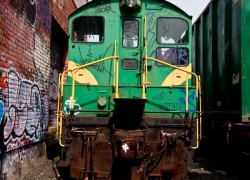
When several graffiti artists told me there was an abandoned locomotive stuffed far back behind rows of cars at a nearby rail yard – seemingly abandoned. Given the high value of these large American made beasts, it seemed rather unlikely – but sure enough, there it was.

For the better part of a decade, at the east end of Hope street, lay an impressively large industrial building that seemed utterly hopeless.